Forever Young
Sunday, May 3rd, 2009Eleven years ago, Random House published my book To Seek Out New Life: The Biology of Star Trek. With the occasion of the premiere of the Star Trek reboot film and with my mind still bruised from the turgid awfulness of Battlestar Galactica, I decided to post the epilogue of my book, very lightly updated — as an antidote to blasé pseudo-sophistication and a reminder that Prometheus is humanity’s best embodiment. My major hope for the new film is that Uhura does more than answer phones and/or smooch Kirk.
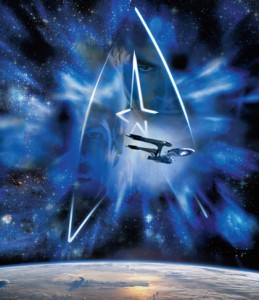
Coda: The Infinite Frontier
A younger science than physics, biology is more linear and less exotic than its older sibling. Whereas physics is (mostly) elegant and symmetric, biology is lunging and ungainly, bound to the material and macroscopic. Its predictions are more specific, its theories less sweeping. And yet, in the end, the exploration of life is the frontier that matters the most. Life gives meaning to all elegant theories and contraptions, life is where the worlds of cosmology and ethics intersect.
Our exploration of Star Trek biology has taken us through wide and distant fields — from the underpinnings of life to the purposeful chaos of our brains; from the precise minuets of our genes to the tangled webs of our societies.
How much of the Star Trek biology is feasible? I have to say that human immortality, psionic powers, the transporter and the universal translator are unlikely, if not impossible. On the other hand, I do envision human genetic engineering and cloning, organ and limb regeneration, intelligent robots and immersive virtual reality — quite possibly in the near future.
Furthermore, the limitations I’ve discussed in this book only apply to earth biology. Even within the confines of our own planet, isolated ecosystems have yielded extraordinary lifeforms — the marsupials of Australia; the flower-like tubeworms near the hot vents of the ocean depths; the bacteriophage particles which are uncannily similar to the planetary landers. It is certain that when we finally go into space, whatever we meet will exceed our wildest imaginings.
Going beyond strictly scientific matters, I think that the accuracy of scientific details in Star Trek is almost irrelevant. Of course, it puzzles me that a show which pays millions to principal actors and for special effects cannot hire a few grad students to vet their scripts for glaring factual errors (I bet they could even get them for free, they’d be that thrilled to participate). Nevertheless, much more vital is Star Trek’s stance toward science and the correctness of the scientific principles that it showcases. On the latter two counts, the series has been spectacularly successful and damaging at the same time.
The most crucial positive elements of Star Trek are its overall favorable attitude towards science and its strong endorsement of the idea of exploration. Equally important (despite frequent lapses) is the fact that the Enterprise is meant to be a large equivalent to Cousteau’s Calypso, not a space Stealth Bomber. However, some negative elements are so strong that they almost short-circuit the bright promise of the show.
I cannot be too harsh on Star Trek, because it’s science fiction — and TV science fiction, at that. Yet by choosing to highlight science, Star Trek has also taken on the responsibility of portraying scientific concepts and approaches accurately. Each time Star Trek mangles an important scientific concept (such as evolution or black hole event horizons), it misleads a disproportionately large number of people.
The other trouble with Star Trek is its reluctance to showcase truly imaginative or controversial ideas and viewpoints. Of course, the accepted wisdom of media executives who increasingly rely on repeating well-worn concepts is that controversial positions sink ratings. So Star Trek often ignores the agonies and ecstasies of real science and the excitement of true or projected scientific discoveries, replacing them with pseudo-scientific gobbledygook more appropriate for series like The X-Files, Star Wars and Battlestar Galactica. Exciting ideas (silicon lifeforms beyond robots, parallel universes) briefly appear on Star Trek, only to sink without a trace. This almost pathological timidity of Star Trek, which enjoys the good fortune of a dedicated following and so could easily afford to cut loose, does not bode well for its descendants or its genre.

On the other hand, technobabble and all, Star Trek fulfills a very imporant role. It shows and endorses the value of science and technology — the only popular TV series to do so, at a time when science has lost both appeal and prestige. With the increasing depth of each scientific field, and the burgeoning of specialized jargon, it is distressingly easy for us scientists to isolate ourselves within our small niches and forget to share the wonders of our discoveries with our fellow passengers on the starship Earth. Despite its errors, Star Trek’s greatest contribution is that it has made us dream of possibilities, and that it has made that dream accessible to people both inside and outside science.
Scientific understanding does not strip away the mystery and grandeur of the universe; the intricate patterns only become lovelier as more and more of them appear and come into focus. The sense of excitement and fulfillment that accompanies even the smallest scientific discovery is so great that it can only be communicated in embarrassingly emotional terms, even by Mr. Spock and Commander Data. In the end these glimpses of the whole, not fame or riches, are the real reason why the scientists never go into the suspended animation cocoons, but stay at the starship chart tables and observation posts, watching the great galaxy wheels slowly turn, the stars ignite and darken.
Star Trek’s greatest legacy is the communication of the urge to explore, to comprehend, with its accompanying excitement and wonder. Whatever else we find out there, beyond the shelter of our atmosphere, we may discover that thirst for knowledge may be the one characteristic common to any intelligent life we encounter in our travels. It is with the hope of such an encounter that people throng around the transmissions from Voyager, Sojourner, CoRoT, Kepler. And even now, contained in the sphere of expanding radio and television transmissions speeding away from Earth, Star Trek may be acting as our ambassador.


 Experimental biologists, in particular, are faced with unique challenges: not only are they hobbled by ever-decreasing funds for basic research while expected to still deliver like before. They are also beset by anti-evolutionists, the last niche that science deniers can occupy without being classed with geocentrists, flat-earthers and exorcists. Additionally, they are faced with the complexity (both intrinsic and social) of the phenomenon they’re trying to understand, whose subtleties preclude catchy soundbites and get-famous-quick schemes.
Experimental biologists, in particular, are faced with unique challenges: not only are they hobbled by ever-decreasing funds for basic research while expected to still deliver like before. They are also beset by anti-evolutionists, the last niche that science deniers can occupy without being classed with geocentrists, flat-earthers and exorcists. Additionally, they are faced with the complexity (both intrinsic and social) of the phenomenon they’re trying to understand, whose subtleties preclude catchy soundbites and get-famous-quick schemes.

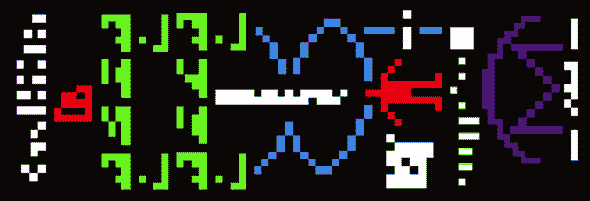

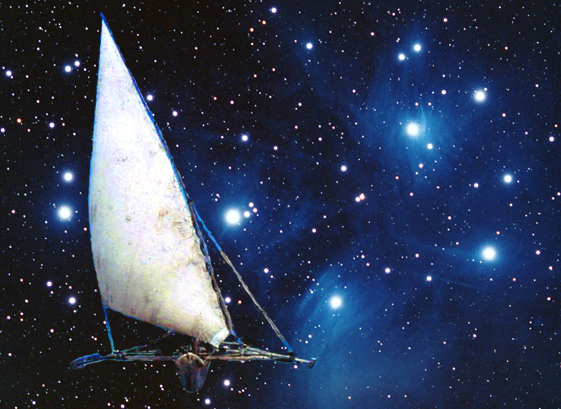

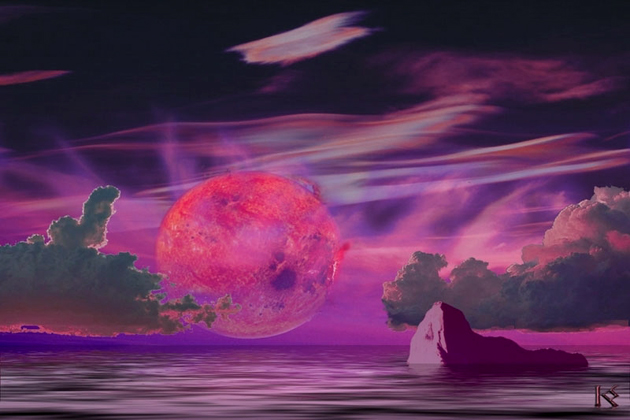
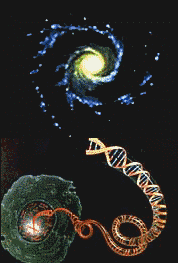 The Repercussions of Planetary Settlement
The Repercussions of Planetary Settlement The Repercussions of Planetary Settlement
The Repercussions of Planetary Settlement The Repercussions of Planetary Settlement
The Repercussions of Planetary Settlement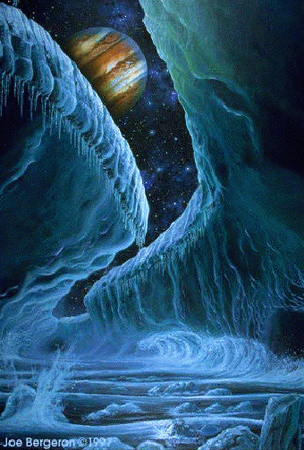 The Repercussions of Planetary Settlement
The Repercussions of Planetary Settlement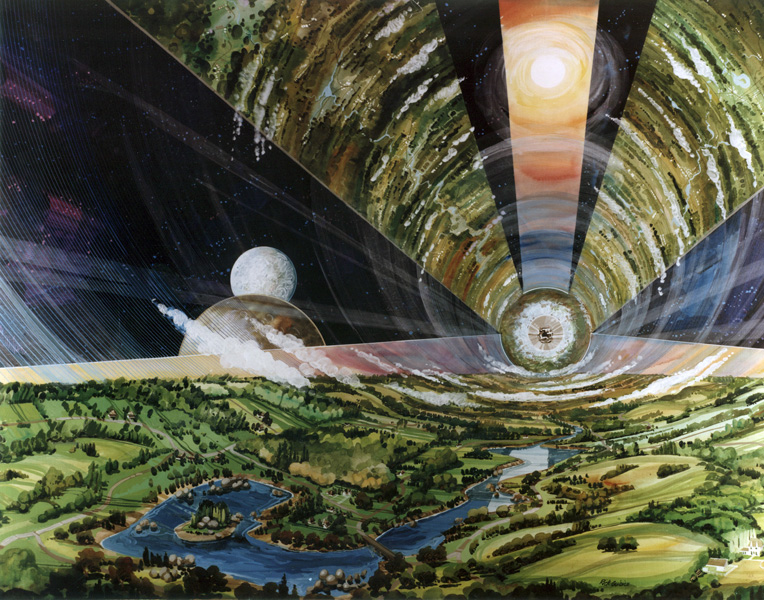 The Repercussions of Planetary Settlement
The Repercussions of Planetary Settlement The Repercussions of Planetary Settlement
The Repercussions of Planetary Settlement  Those who are, like me, left-handed and older than forty probably recall being forced to write with our right hand and the frustration of using many “handed” tools, including scissors, rulers and computer mice. We also remember being told that left handers are prone to depression, immune deficiencies, shorter lives, dyslexia and a host of other woes… and no wonder, given the drizzle of harassment! Finally, there is the conflation of left with evil, wrong or inept in practically all religions and languages (sinister, gauche, linkisch…), not to mention most political systems.
Those who are, like me, left-handed and older than forty probably recall being forced to write with our right hand and the frustration of using many “handed” tools, including scissors, rulers and computer mice. We also remember being told that left handers are prone to depression, immune deficiencies, shorter lives, dyslexia and a host of other woes… and no wonder, given the drizzle of harassment! Finally, there is the conflation of left with evil, wrong or inept in practically all religions and languages (sinister, gauche, linkisch…), not to mention most political systems. About three weeks ago, Dr. Dirk Schulze-Makuch (Geology Dept., Washington State University) delivered a paper in which he suggests that the Viking probes may have inadvertently destroyed Martian bacteria. He theorizes that if their optima differ significantly from “median” terrestrial bacteria, the tests of the probes – heating, adding water – would be lethal. His speculations, if correct, could explain and reconcile the contradictory results from the biological experiments conducted by the Viking landers.
About three weeks ago, Dr. Dirk Schulze-Makuch (Geology Dept., Washington State University) delivered a paper in which he suggests that the Viking probes may have inadvertently destroyed Martian bacteria. He theorizes that if their optima differ significantly from “median” terrestrial bacteria, the tests of the probes – heating, adding water – would be lethal. His speculations, if correct, could explain and reconcile the contradictory results from the biological experiments conducted by the Viking landers.